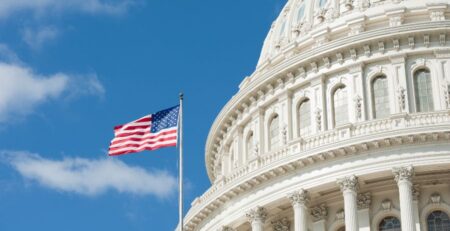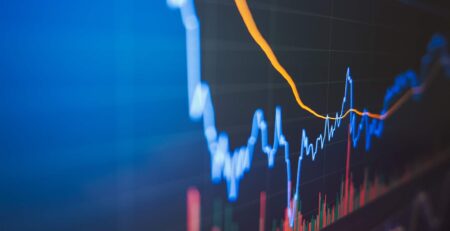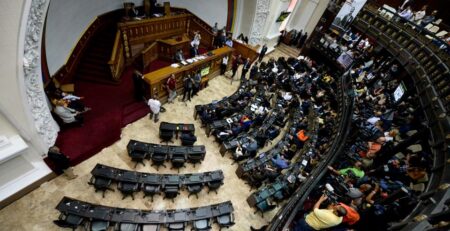World Bank: Overcoming Major Barriers in U.S. Reverse Mortgage Market
Reverse mortgages have significant potential in serving aging parts of the global population, and can allow more seniors to make financial ends meet in retirement since loan proceeds can be applied to a multitude of scenarios. However, some key market realities and roadblocks with universal application to multiple parts of the world have kept reverse mortgages from flourishing in both well- and under-developed economies alike.
This is according to a newly-published policy paper authored by researchers Peter Knaak, Margaret Miller and Fiona Stewart on behalf of the World Bank’s Finance, Competitiveness and Innovation Global Practice.
After initially taking a look at the paper’s findings in terms of global roadblocks and constraints for reverse mortgages on the supply and demand sides, RMD will now explore the paper’s findings related to policy and regulatory issues, as well as findings that were specific to the U.S. reverse mortgage market.
Policy and regulatory issues
In the modern day, reverse mortgages take on new relevance due to contemporary issues related to the age of society in general, the researchers contend.
“Policy makers are grappling with the demographic phenomenon of aging societies, a low-interest financial environment that provides insufficient returns on pension savings, and policy legacy issues such as low contribution rates, generous retirement age and early withdrawal rules,” the researchers say. “All these issues affect the replacement rate of pensions and raise the risk of old-age poverty.”
As the prominence of traditional pension systems continue to wane as the years go by, policy makers in both advanced and developing economies have to try and facilitate greater household savings behavior. For economies like the United States, major transitions from defined benefit pensions to defined contribution 401K plans are, “raising the risk of inadequate post-retirement income.”
This reality may help reverse mortgages to be characterized as useful instruments, since people with defined contribution plans like a 401K could allow older homeowners access to housing equity to help make ends meet.
“Based on this assumption, a variety of studies find reverse mortgages welfare- enhancing for elderly American homeowners,” the paper reads. “As noted, these products could also prove beneficial in developing countries with relatively high level of housing ownership, but where pension coverage and /or incomes are more limited.”
However, one thing that may work against reverse mortgages is the relatively strict and uncertain regulatory posture that accompanies them in jurisdictions where they are available.
The U.S. reverse mortgage market
Particularly in the United States, the Home Equity Conversion Mortgage (HECM) program has been the source of sometimes significant regulatory scrutiny, the paper contends.
“Over time, U.S. regulators have tightened the rules for the reverse mortgage market in the face of financial distress,” the paper reads. “The reverse mortgage program has undergone several regulatory changes in its 30-year history. In response to customer protection concerns, regulatory authorities created fee disclosure requirements and education safeguards in 1998: potential customers are required to attend counseling by a HUD-approved third party before signing a reverse mortgage contract.”
Reverse mortgages in the U.S. are also difficult to securitize, though the U.S. is the only country in the world that has securitized these loans in the first place. Still, analysts have noted an expectation that the reverse mortgage derivatives market will grow in spite of the relatively small size of the market, the researchers say.
Read More @Reversmortgagedaily










